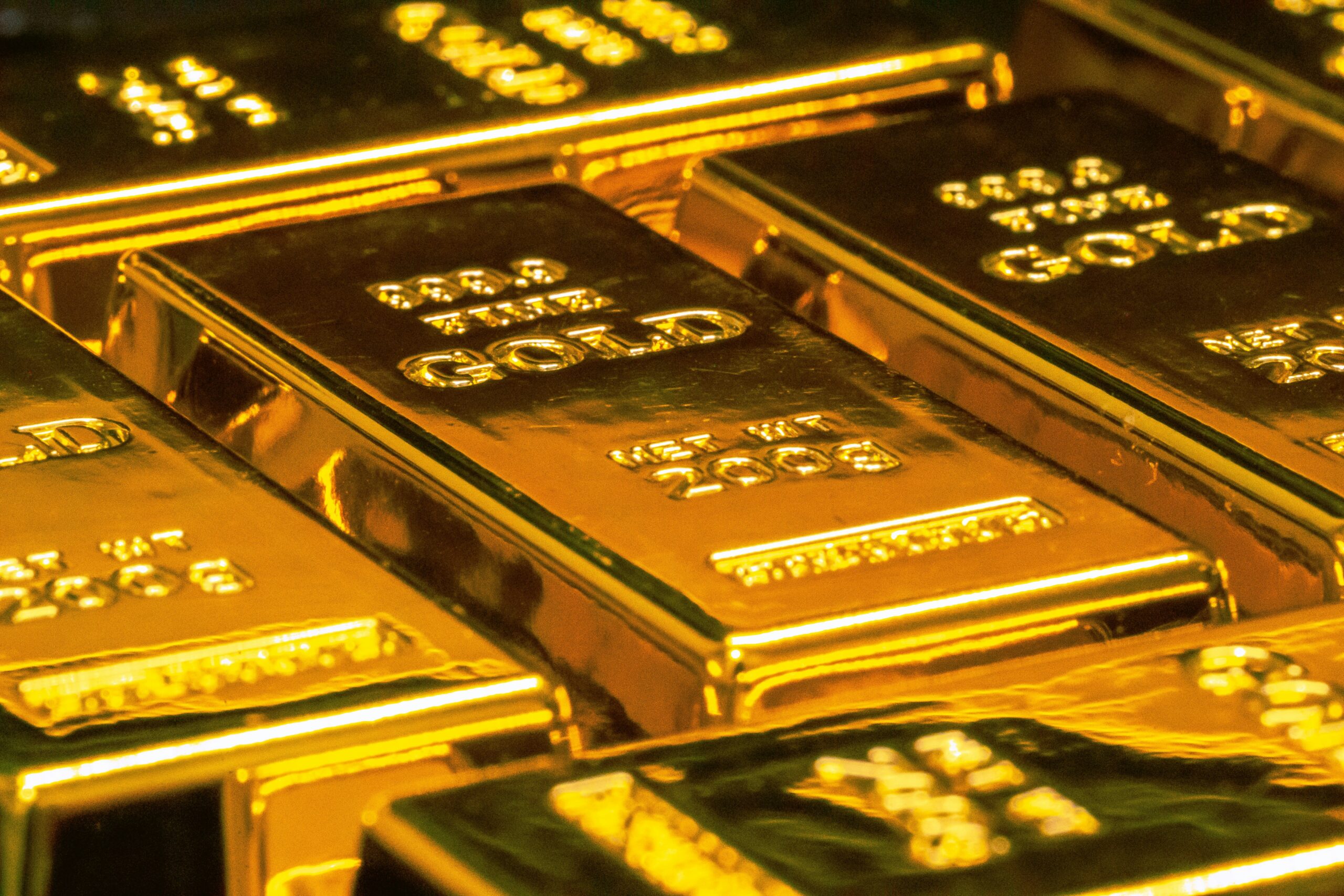The price of gold has soared to a new record high, reaching $3,622.50 per troy ounce on Monday, as market expectations for a US Federal Reserve interest rate cut solidify. The precious metal’s rally has been fuelled by a confluence of factors, including softer-than-expected US labour data and a weakening dollar, which have boosted its appeal as a safe-haven asset.
The latest surge comes after a disappointing US jobs report on Friday, which showed a significant slowdown in non-farm payroll growth. This weak economic indicator has been widely interpreted by investors as a green light for the Fed to begin cutting its key interest rate at its upcoming meeting. Lower interest rates typically make non-yielding assets like gold more attractive relative to interest-bearing bonds.
Key drivers behind the rally
The gold market’s current momentum is underpinned by several key trends:
- Federal Reserve Policy: The most immediate driver is the increasing certainty of a Fed rate cut. The CME Group’s FedWatch tool, which tracks the probability of rate changes, now indicates an almost 100% chance of a cut this month, with a growing possibility of a more aggressive move. This sentiment has been building since earlier in the year as inflation, while still above the 2% target, has shown signs of cooling.
- Weakening US Dollar: The prospect of lower US interest rates has led to a decline in the value of the dollar against other major currencies. A weaker dollar makes gold cheaper for international buyers, which in turn boosts demand and supports its price.
- Central Bank Buying: Demand from global central banks remains a powerful force in the gold market. Countries, particularly China, have been consistently adding to their gold reserves for months. This strategic shift away from the US dollar reflects a broader desire to diversify reserves and reduce reliance on a single currency amid geopolitical tensions and economic uncertainty. Central banks have collectively been buying gold at a rate more than double the average of the previous decade.
- Geopolitical and Economic Uncertainty: Lingering global concerns, from trade disputes to ongoing conflicts, have elevated gold’s status as a traditional safe-haven asset. When riskier investments become volatile, investors often turn to gold to protect their wealth.
What’s next for gold?
Analysts are now looking to the upcoming US inflation data for further clues. A softer-than-expected Consumer Price Index (CPI) report could provide more weight to the case for a rate cut, potentially propelling gold to even higher levels. Conversely, a hotter-than-expected reading could complicate the Fed’s decision-making process and lead to a temporary pullback in the price.
Gold’s recent performance is a striking departure from its traditional inverse relationship with interest rates. While historically gold has struggled when rates are high, it has defied this trend in 2024 and 2025, driven by strong central bank demand and wider global concerns.
The precious metal has surged by 37% so far this year, building on a strong 27% gain in 2024. This remarkable rally has seen it overtake the euro to become the second-most important reserve asset held by central banks globally, a significant shift in the international financial system.
